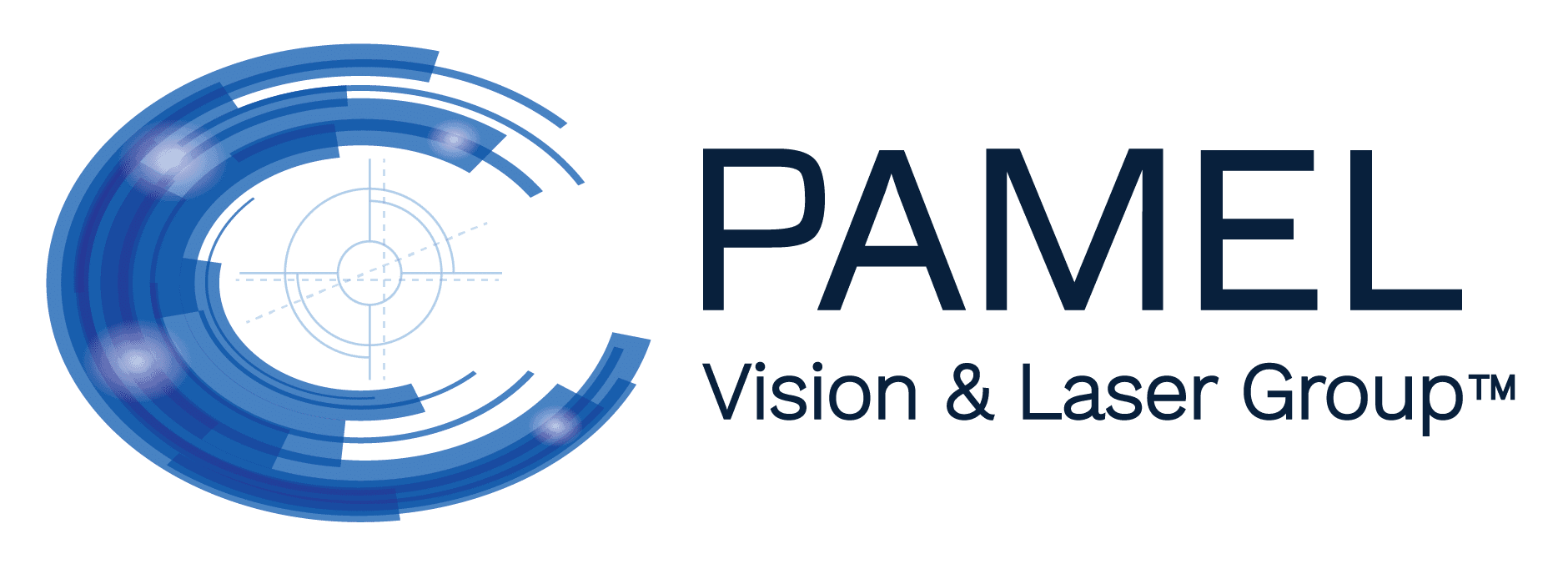LASEK & PRK in NYC
How LASEK Procedures Work
Dr. Pamel and his team of surgeons are New York LASIK specialists who are adept at a variety of vision correction surgeries and procedures aimed at improving vision. Performed at our Manhattan NYC office, LASEK is a relatively new procedure that is a technical variation of PRK (photorefractive keratectomy). LASEK is used mainly for patients with corneas that are too thin or too flat for most operations. In LASEK, the corneal epithelium (outer layer of the cornea) is first loosened with an alcohol solution. This is done by covering the corneal surface with the alcohol solution for approximately 30 seconds. Using special instrumentation, the LASEK physician peels back the surface layer exposing the underlying cornea.
Then it is applied to the cornea to reshape it allowing images to be more sharply focused on the retina. After this portion of LASEK is completed, the epithelial flap is placed back into its original position using a special spatula. A contact lens is then placed to facilitate healing. The contact lens remains in place usually for three days. It takes approximately one to two weeks before a patient’s vision recovers completely. There is some irritation experienced during this period, but dryness is not as significant a problem as in other procedures.
Benefits
The advantage of LASEK over most operations is that the risks associated with the microkeratome are eliminated. Also, all of the risks associated with a flap before, during, and after the procedure are eliminated as well. Patients whose corneas are too thin for this operation may be candidates for LASEK operations. Additionally, patients with certain disorders of the corneal surface may be better candidates for LASEK than other treatments. Dr. Gregory Pamel will determine which procedure is best for you based on your individual examination.
Photorefractive Keratectomy (PRK)
Like LASEK, PRK is a procedure that also employs a computer controlled molecules to reshape the cornea. Unlike other operations, PRK does not involve the creation of a flap with a microkeratome. In PRK, the epithelium (the outermost layer of the cornea) is first removed. The molecules are then used to reshape the cornea.

 Gregory J. Pamel, M.D.
Gregory J. Pamel, M.D.
Dr. Pamel was recently honored as a board-certified fellow in the inaugural class of the World College of Refractive Surgery and Visual Sciences. Dr. Pamel was among 1000 surgeons worldwide out of 280,000 ophthalmologists to be unanimously selected for this achievement. He was recognized for his surgical expertise and contribution to the education and advancement of Refractive surgery over the last twenty years. This honor is a testament to Dr. Pamel's commitment to provide the highest quality vision correction surgery. Read more.





PRK Frequently Asked Questions
What Is the Recovery Time for PRK Treatment?
Because the outer surface is not preserved as in other procedures, PRK requires a longer healing process than other treatments and also requires the use of drops for a longer period of time. You may not recover vision as quickly as someone who had LASIK.
It can take several days up to a couple of weeks before you notice an improvement in your visual acuity. You will probably be able to resume driving within three to six days of surgery, after you see Dr. Pamel and he determines that you can see well enough. It may take several months for your vision to completely stabilize.
What Does PRK Cost?
The cost of PRK depends on the specific circumstance of the case, including the surgeon, practice type and where the surgery is performed. Like LASIK, PRK is considered elective, so vision insurance is not likely to cover the cost of the surgery. You are still encouraged to check your insurance plan documents and speak with your insurance company to understand whether any aspects (e.g., doctor’s visits) may be eligible for coverage.
For more information about the cost of PRK, please schedule a consultation with Dr. Pamel. Our office offers several financing options to break the cost of surgery into monthly payments.
Is PRK painful?
The procedure itself is not painful, as your eyes will be numbed to prevent any discomfort. You may have mild to moderate discomfort in the days following surgery as the epithelium grows back, but prescription medication can be taken to alleviate any pain.
When can I return to work or normal activity?
You will see Dr. Pamel for a follow-up shortly after your procedure, and he will advise you as to when it is safe to resume work and the rest of your normal activities. You may need to take a few days to rest after surgery before you go back to work and the gym.
Will the PRK procedure dry out my eyes?
In a small percentage of cases, PRK can cause dry eye symptoms. However, most of the time these symptoms are temporary.
How long does it take to see results?
Everyone recovers at his or her own pace. It can take anywhere from several days to a few weeks to notice an improvement in visual acuity, and up to a few months for your vision to completely stabilize.
Is this procedure permanent?
Yes. Once the cornea has been reshaped by removing tissue, the tissue cannot grow back and the cornea cannot return to its original form.
Understand that PRK does not prevent age-related vision changes from occurring later in life. For example, having PRK does not affect whether the eye develops presbyopia, or the loss of reading vision. Nor will PRK prevent the formation of cataracts, which is a clouding of the eye’s natural lens. If you develop either of these conditions you will need to explore your treatment options with Dr. Pamel.
Consult with Dr. Pamel about PRK and LASEK
With the advent of improved technology and new medication used at the time of the operation, the results of PRK and LASEK procedures are comparable to most treatment. Dr. Pamel will determine which procedure is best for you based on your examination.
Consult Dr. Pamel at Pamel Vision & Laser Group to learn more about LASEK vision correction surgery for LASIK Astoria / Queens and NYC patients. Additionally, prospective refractive surgery patients can learn more about some of the other procedures offered at Dr. Pamel’s New York City office, including LASIK and PRK surgeries.
Please call our office at (212) 355-2215 for more information on premier PRK and LASEK procedures. Contact our offiice today.





